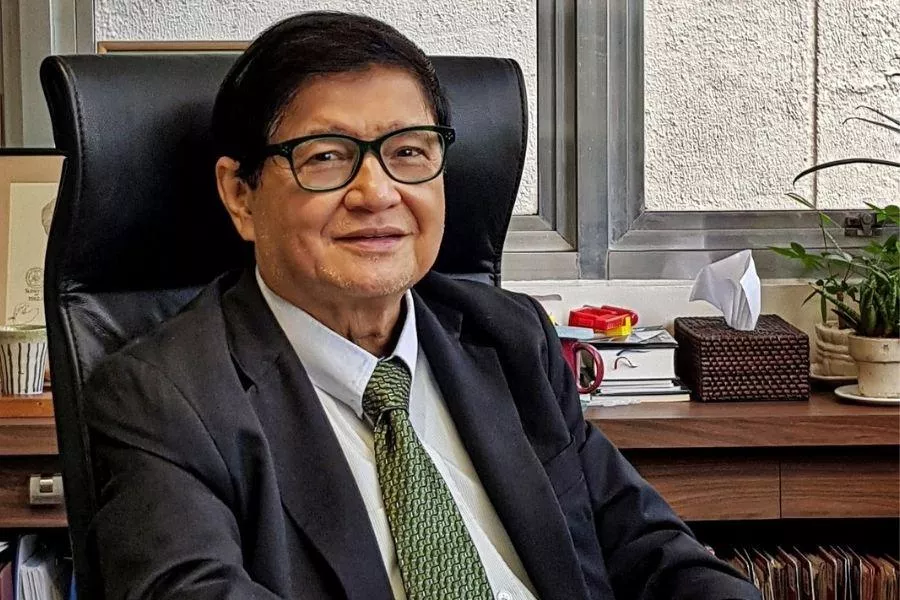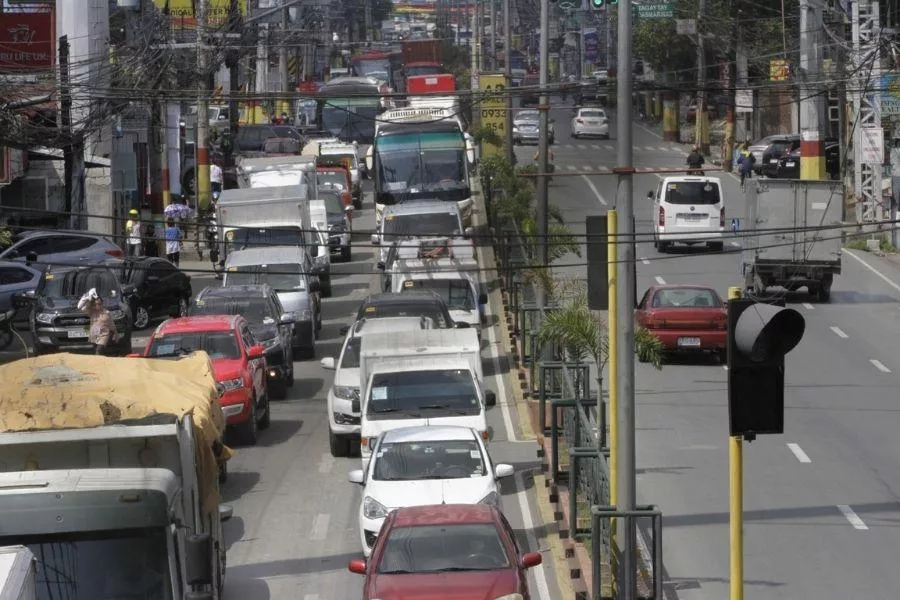While urban areas are supposed to represent progress in theory, reality paints a more disappointing picture for many Filipinos. Nowhere is this more evident than in Metro Manila, where infrastructure projects are largely stop-gap measures to address shortcomings in urban planning.

Architect Jun Palafox says the country needs at least 100 new cities to prepare for a bigger population by 2050
For renowned architect and urban planner Felino ‘Jun’ Palafox Jr., the Philippines needs a minimum of 100 new cities in less than thirty years, citing estimates by the United Nations that two-thirds of the world’s population will be living in urban areas by this time. “In 2050, the Philippines’ population is projected to rise to 148 million,” he says. “Otherwise, our existing cities will be as congested as Metro Manila.”

The next three decades will further compound existing urban problems such as traffic
Palafox predicts that the country will be among the world’s top 20 economies by the middle of this century, adding that it already leads in terms of marine biodiversity, seafaring workers, and call centers. But far from images of more Metro Manila-style traffic gridlocks and congested commercial districts, Palafox clarifies that the planned future cities should adopt best practices from top urban areas abroad, featuring green open spaces as well as sustainable and disaster-resilient architecture.
He is currently working on San Miguel Corporation’s (SMC) aerocity development in Bulacan, which includes the Php 740-billion New Manila International Airport project. “I’m aligned with the mission, vision, and goal of (SMC President & COO) Ramon Ang. He invited me to partner with him in this new undertaking: a green aerotropolis,” he said.

Palafox hopes to emulate the best urban planning practices used by the world's top cities such as Amsterdam
According to Palafox, the upcoming aerocity is an opportunity for him to correct a number of urban planning mistakes that currently plague the country’s metropolis. These include what he calls discriminatory zoning prevalent in commercial districts such as Makati City and Bonifacio Global City in Taguig. “Employees are like OFWs in their own countries, because they are five to six hours away from their places of work and families, because of traffic congestion,” he explains.
Beyond the traditional real estate criterion which emphasized location, Palafox points out that accessibility is now more important, to alleviate traffic which commuters endure as part of their daily lives.
More stories on infrastructure projects that complement mobility at Philkotse.com.
Recent posts
- SMC Pasig River cleanup commencement Jun 10, 2021
- jun palafox role metro mobility May 07, 2021
- SMC Pasig River Expressway Completion Jan 15, 2021











